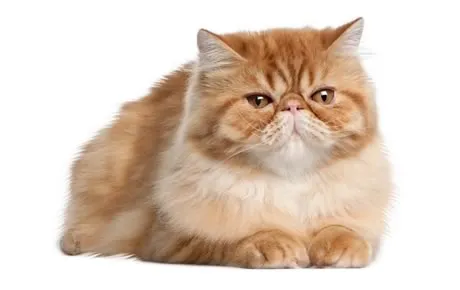In the world of domestic animals, Persian cats have always been known for their luxurious coats and regal appearance. But when it comes to their compatibility with other animals, the question arises: are Persian cats friends or foes? This article aims to explore the dynamics of Persian cats and their interactions with other animals, shedding light on the potential for harmonious relationships or possible conflicts. Whether you are a proud Persian cat owner or simply curious about these majestic creatures, join us as we uncover the truth behind the friendships and feuds that Persian cats may have with other animals.
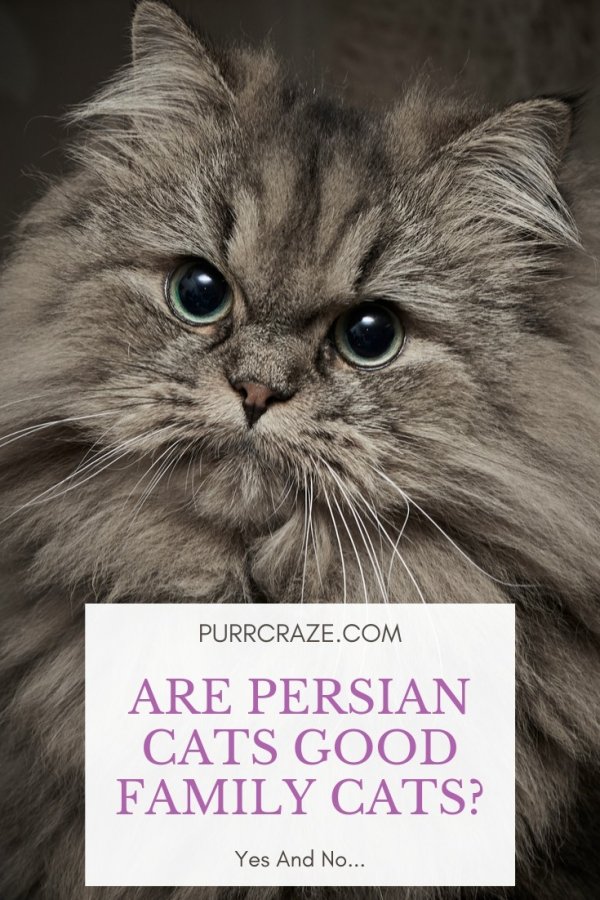
Persian Cats: An Introduction
Persian cats, with their luxurious long fur and striking looks, have captivated animal lovers for centuries. These beautiful felines are known for their regal appearance and calm demeanor, making them a popular choice for cat enthusiasts around the world. In this article, we will delve into the history, physical characteristics, temperament, and popularity of Persian cats. We will also explore their potential for friendship and compatibility with other animals, discuss the factors that contribute to successful animal bonds, offer tips for introducing Persian cats to other animals, address potential challenges, debunk common misconceptions and myths, share personal experiences and success stories, and discuss the importance of educating children about animal relationships. By the end of this comprehensive article, you will have a deeper understanding of Persian cats and their ability to form meaningful relationships with other animals.
History of Persian Cats
The history of Persian cats can be traced back to ancient Persia, now modern-day Iran. These felines were highly prized in Persian culture and were even considered a status symbol for royalty and nobility. It is believed that Persian cats were brought to Europe by travelers in the 17th century, where they quickly gained popularity for their elegant appearance. Over the years, selective breeding has further refined the characteristics of Persian cats, resulting in the breed we know today. Despite their long and prestigious history, Persian cats have managed to maintain their charm and allure throughout the ages.
Physical Characteristics of Persian Cats
One of the most distinctive features of Persian cats is their voluminous, long fur. Their dense coats come in a variety of colors and patterns, ranging from solid colors to tortoiseshell, calico, and tabby patterns. Persian cats have a stocky build, with a broad head and round face. Their large, expressive eyes and small, upturned nose give them an endearing and sweet expression. Additionally, Persian cats have short, sturdy legs and their paws are adorned with tufts of fur, adding to their overall elegance.
Temperament and Personality of Persian Cats
Persian cats are known for their docile and gentle nature. They are typically laid-back and require a calm and quiet environment to thrive. These felines enjoy a peaceful and predictable routine, and they tend to be less active and more inclined towards relaxation. Persian cats engage in play but are not as energetic as some other breeds. They are affectionate and enjoy socializing with their human companions, often seeking out their owners for cuddles and attention. While Persian cats may be reserved around unfamiliar people, they are generally friendly and get along well with children and adults alike.
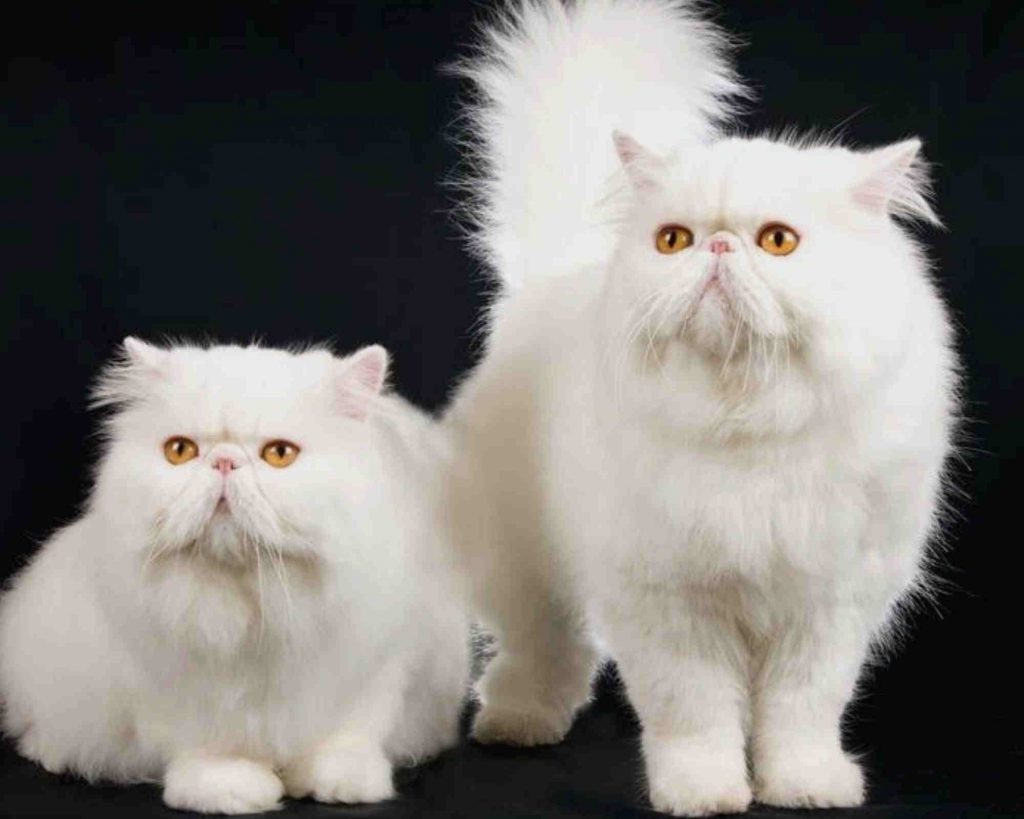
Popularity and Demand for Persian Cats
Persian cats have consistently ranked among the most popular cat breeds worldwide. The allure of their luxurious coat, combined with their gentle temperament, has made them a sought-after choice for cat lovers. Their regal appearance and calm demeanor have made them a favorite among families and individuals looking for a loyal and loving companion. Due to their popularity, Persian cats are often in high demand, and reputable breeders carefully select mating pairs to produce healthy and well-tempered kittens. However, it is essential to only obtain Persian cats from responsible breeders to ensure the well-being of these beautiful creatures.
Friendship Between Persian Cats and Other Animals
While it is commonly believed that cats are solitary creatures, Persian cats have the potential to form meaningful friendships with other animals. Whether it be dogs, birds, small mammals, or even fishes, Persian cats can learn to coexist peacefully with their non-feline counterparts. However, successful animal bonds require a combination of factors, including natural instincts, early socialization, individual personality, and environmental conditions. Let’s explore the compatibility and interactions between Persian cats and other animals.
Persian Cats and Dogs: Compatibility and Interactions
People often wonder if Persian cats can get along with dogs, considering their natural differences in behavior and communication. The good news is that Persian cats and dogs can form strong bonds and enjoy each other’s company. The key is to introduce them slowly and provide plenty of supervised interactions. Positive experiences and rewards can help foster a harmonious relationship between these two species. Additionally, a calm and well-behaved dog is more likely to be accepted by a Persian cat.
Persian Cats and Birds: Can They Coexist?
The idea of Persian cats and birds living together may seem counterintuitive, given the predatory instincts of cats towards small animals. While caution is necessary, it is possible for a Persian cat and a bird to coexist peacefully. Early socialization and training can help minimize the prey drive of Persian cats, making them less likely to view birds as food. However, it is important to provide separate spaces and supervised interactions to ensure the safety of the bird.
Persian Cats and Small Mammals: Friends or Prey?
Another potential friendship that may arise is between Persian cats and small mammals such as rabbits, guinea pigs, or hamsters. Again, caution is essential, as the strong prey drive of Persian cats may lead them to view these small animals as targets. Slow introductions, scent exchanges, and supervised interactions can help establish a relationship based on mutual trust and respect. However, it is crucial to closely monitor their interactions and provide separate spaces to ensure the safety of the small mammal.
Persian Cats and Fishes: Safe from Feline Paws?
In the realm of aquatic life, Persian cats and fishes may seem like an unlikely pair. While it is true that cats are natural hunters and may be captivated by the movement of fishes, it is possible to create a harmonious environment where both can coexist. Keeping the fishes in a secure and inaccessible aquarium, or providing a separate room where the cat does not have access, can help prevent any potential harm. With proper precautions in place, Persian cats and fishes can peacefully live in the same household.
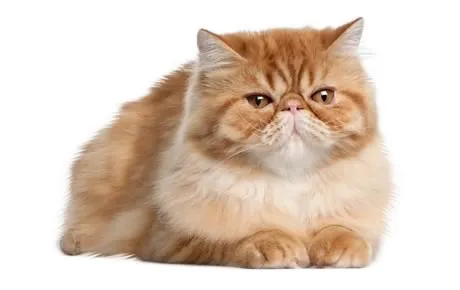
Understanding Animal Bonds: Key Factors
The formation of strong bonds between Persian cats and other animals is influenced by several key factors. Understanding these factors can help pet owners create an environment conducive to peaceful coexistence and friendship. Let’s explore the elements that contribute to successful animal bonds.
Natural Instincts and Prey Drive
One of the primary factors that affect the relationship between Persian cats and other animals is their natural instincts. Cats have an inherent prey drive, which can make them view smaller animals as targets. While it is impossible to eliminate this instinct entirely, early socialization and training can help temper their hunting instincts, making them less likely to see other animals as prey.
Early Socialization and Exposure to Other Animals
Early socialization plays a crucial role in shaping the behavior and temperament of Persian cats. Introducing them to other animals from a young age can help them develop positive associations and learn appropriate social skills. Exposing Persian cats to different species and providing supervised interactions can help them become more accepting and adaptable in multi-animal households.
Individual Personality and Genetics
Just like humans, each Persian cat has a unique personality shaped by a combination of genetics and individual experiences. Some Persian cats may naturally be more sociable and accepting of other animals, while others may be more cautious or reserved. Understanding and respecting the individual personality traits of Persian cats can help create an environment where they feel comfortable and secure.
Environmental Factors and Living Conditions
The living conditions and overall environment of a Persian cat also play a significant role in their interactions with other animals. Providing separate spaces for each animal, ensuring an adequate supply of resources such as food, water, and toys, and creating a calm and enriched environment can contribute to a harmonious multi-animal household. A well-designed living space can reduce potential conflicts and promote a sense of security and belonging for all animals.
Introducing Persian Cats to Other Animals
Introducing a Persian cat to another animal requires careful planning and a gradual approach. Rushing the introduction can result in stress and potential conflict. Here are some key strategies that can facilitate a smooth and successful introduction between Persian cats and other animals.
Slow and Controlled Introductions
When introducing a Persian cat to another animal, it is crucial to take things slow and allow them to acclimate to each other’s presence. Start by keeping them in separate spaces where they can smell and hear each other without direct physical contact. Gradually progress to introductions in a controlled and supervised manner, allowing brief interactions while closely monitoring their behavior and reactions.
Using Scent Exchanges
Scent plays a vital role in animal communication. To familiarize the Persian cat and the other animal with each other’s scents, you can use scent exchanges. This involves rubbing a cloth or object on one animal and then transferring it to the other animal’s space. This method helps them become accustomed to each other’s scent before directly interacting.
Supervised Interactions and Positive Reinforcement
During the initial introductions and subsequent interactions, it is crucial to provide close supervision. This allows for immediate intervention if any signs of aggression or discomfort arise. Positive reinforcement, such as treats and praise, can be used to reward calm and positive behaviors, helping to strengthen the bond between the Persian cat and the other animal.
Creating Separate Spaces for Each Animal
To avoid potential conflicts and ensure the well-being of each animal, it is essential to create separate spaces where they can retreat to when needed. This provides them with a sense of security and privacy, allowing them to have their own territory. Separate feeding areas and litter boxes are also necessary to prevent resource guarding and promote a peaceful coexistence.
Potential Issues and Challenges
While Persian cats have the potential to form meaningful relationships with other animals, there can be some challenges along the way. Being aware of these potential issues can help pet owners navigate them effectively. Let’s explore some common challenges that may arise when introducing Persian cats to other animals.
Predatory Behavior and Hunting Instincts
As mentioned earlier, Persian cats have a natural prey drive due to their hunting instincts. It is essential to be mindful of this instinct and closely monitor their interactions with smaller animals such as birds and small mammals. Precautions should be taken to prevent any harm to these vulnerable animals and ensure their safety.
Territorial Aggression and Resource Guarding
Persian cats, like many other animals, can exhibit territorial aggression, particularly when sharing their space with other animals. They may feel the need to defend their resources, such as food, water, and resting areas. Providing separate resources for each animal can help prevent resource guarding and minimize potential conflicts.
Communication and Language Differences
Cats and other animals communicate in different ways, which can sometimes lead to misunderstandings and misinterpretations. It is important to learn and understand the body language and communication signals of both Persian cats and the other animals involved. This can help identify signs of discomfort, stress, or aggression, enabling early intervention and resolution.
Allergies and Health Concerns
In some cases, allergies to pet dander or fur can pose a challenge when considering multi-animal households. It is crucial to be aware of any allergies among the family members and take necessary precautions. Regular grooming and maintaining a clean living environment can help minimize allergens. Additionally, it is essential to prioritize the health and well-being of all animals involved by providing regular veterinary care and vaccinations.
Tips for Successful Multispecies Household
Building a successful multispecies household requires patience, understanding, and proactive management. Here are some helpful tips to enhance the coexistence and happiness of all animals in your home.
Gradual Integration and Patience
Take your time when introducing a new animal to your Persian cat. Allow the animals to adjust to each other’s presence gradually. Rushing the process can lead to stress and potential conflicts. Patience is key when fostering positive relationships between multiple animals.
Providing Individual Attention and Playtime
Each animal in a multispecies household requires individual attention and playtime to thrive. Spend quality time with each animal, engaging in activities that they enjoy. This helps prevent feelings of neglect or jealousy, ultimately promoting a harmonious environment.
Ensuring Sufficient Resources for Every Animal
Resource scarcity can lead to competition and potential conflicts among animals. Ensure that each animal has access to sufficient resources such as food, water, litter boxes, and resting areas. This minimizes the likelihood of resource guarding and promotes a sense of security for all animals.
Promoting Positive Associations and Reward-Based Training
Positive associations and reward-based training can help shape desirable behaviors and create a positive environment for all animals. Use treats, praise, and play as rewards for good behavior, reinforcing the idea that peaceful interactions yield positive outcomes. This approach helps build trust and strengthens the bond between animals.
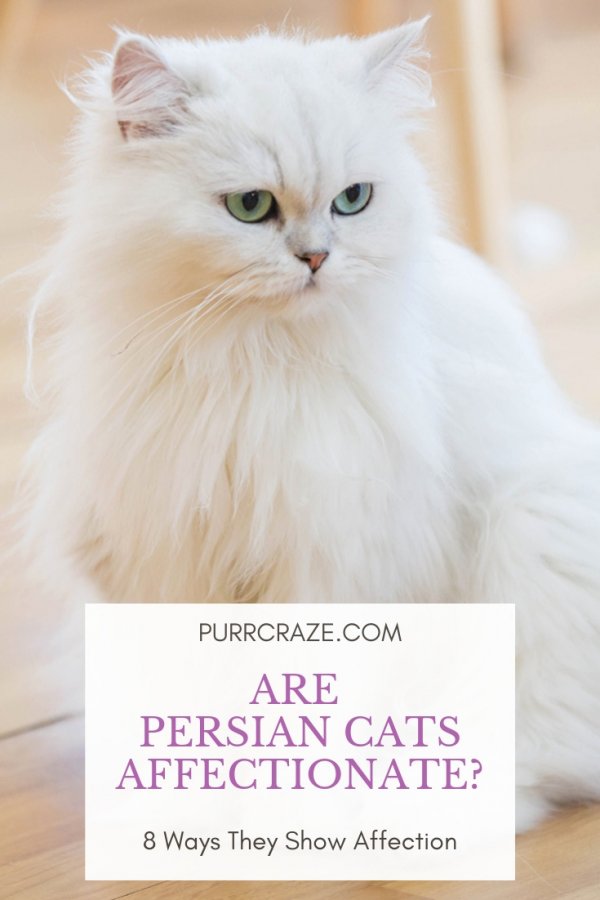
Common Misconceptions and Myths
When it comes to Persian cats and their interactions with other animals, several misconceptions and myths persist. Let’s debunk some of the most common misconceptions surrounding these remarkable felines.
Persian Cats as Natural Enemies
Contrary to popular belief, Persian cats are not natural enemies to other animals. While their hunting instincts are present, early socialization, proper introductions, and proactive management can foster positive and friendly relationships between Persian cats and other animals.
Inherent Hatred towards Specific Animals
Persian cats do not inherently hate or despise specific animals. Their reactions towards other animals are influenced by several factors, including socialization, individual personality, and early experiences. By providing proper introductions and creating a positive environment, Persian cats can embrace the company of various animals.
Aggression and Dominance in Relationship
The notion that Persian cats will always exhibit aggression and dominance towards other animals is a misconception. Just like any other cat breed or animal, individual personalities and temperaments vary. By carefully selecting suitable animal companions and following proper introduction protocols, Persian cats can develop loving and harmonious relationships with other animals.
Unpredictable Behavioral Patterns
While animals, including Persian cats, can exhibit unpredictable behaviors at times, it is essential to consider the underlying factors that contribute to such behaviors. Lack of socialization, trauma, or improper management may result in unpredictable behaviors. By providing a safe and secure environment and understanding the needs of each animal, potential behavioral issues can be minimized.
Personal Experiences and Success Stories
There are countless heartwarming stories of Persian cats forming incredible connections with animals from different species. These stories serve as a testament to the ability of Persian cats to create strong bonds with other animals, defying common stereotypes and misconceptions. Let’s explore some inspiring examples of Persian cats forging unlikely friendships.
Persian Cats and Dogs: Heartwarming Connections
Many pet owners have shared heartwarming stories of Persian cats and dogs becoming the best of friends. Whether it’s snuggling together, playing, or simply keeping each other company, these interspecies friendships showcase the remarkable capacity for love and companionship that exists between Persian cats and dogs.
Persian Cats and Birds: Surprising Friendships
In some instances, Persian cats have formed surprising friendships with birds. These cats have learned to coexist peacefully with their avian companions, showcasing the potential for interspecies relationships built on trust and respect. These extraordinary bondings defy the notion that cats and birds are natural enemies.
Persian Cats and Small Mammals: Unlikely Bonds
Unlikely bonds between Persian cats and small mammals, such as rabbits or guinea pigs, have touched the hearts of many pet owners. These enchanting friendships demonstrate that with proper introductions, patient management, and careful monitoring, Persian cats can form meaningful connections with animals that are typically seen as prey.
Persian Cats and Fishes: A Harmony of Aquarium Life
Even the world of fishkeeping has witnessed Persian cats coexisting peacefully with fishes. By ensuring secure aquariums and separate areas, Persian cats and fish can create a serene and safe environment. The mesmerizing beauty of aquarium life, combined with the calm presence of a Persian cat, can bring joy to both humans and animals alike.
Educating Children about Animal Relationships
As responsible pet owners, it is crucial to educate children about animal relationships, including the potential for friendships between Persian cats and other animals. By teaching empathy, compassion, and respect towards animals, we can help cultivate a generation of individuals who value and appreciate the interconnectedness of all living beings.
Teaching Empathy and Compassion towards Animals
Encouraging children to empathize with animals and understand their needs is vital for fostering harmonious relationships. By explaining the feelings and emotions of animals, children can develop compassion and empathy towards their furry friends, including Persian cats.
Supervising Interactions and Safety Measures
It is essential to supervise interactions between children and animals to ensure the safety and well-being of both parties. Teaching children the importance of gentle and respectful behavior towards animals helps prevent unintentional harm. Educating children about the appropriate ways to approach, handle, and interact with Persian cats and other animals instills a sense of responsibility and empathy.
Encouraging Responsible Pet Ownership
Educating children about responsible pet ownership instills lifelong values and helps lay the foundation for healthy relationships with animals. Discussing the commitment, care, and love required to raise a Persian cat or any other pet fosters a sense of responsibility and empathy within children.
Promoting Mutual Respect and Understanding
Promoting mutual respect between children and animals lays the groundwork for a positive and nurturing environment. Teaching children to consider the needs of animals and treat them with kindness helps cultivate a mindset of empathy and understanding. This understanding extends beyond Persian cats to encompass all animals, encouraging a compassionate approach towards our fellow creatures.
Conclusion: Persian Cats and Other Animals Can Be Friends
In conclusion, Persian cats have the remarkable ability to form friendships with other animals, defying common misconceptions and stereotypes. Through careful introductions, proper socialization, and attentive management, Persian cats can forge meaningful connections with dogs, birds, small mammals, and even fishes. Understanding the factors that contribute to successful animal bonds and actively promoting positive interactions can lead to harmonious relationships within multi-animal households. By educating ourselves and our children about animal relationships, we can foster empathy, compassion, and respect towards Persian cats and other animals. With proper care, attention, and love, Persian cats can coexist and thrive alongside their non-feline companions, enriching the lives of everyone involved.
